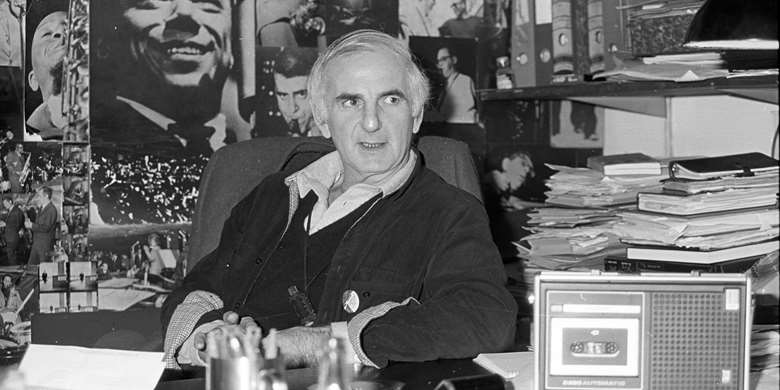The house that Ronnie and Pete built: celebrating Ronnie Scott’s at 60
Wednesday, October 30, 2019
From humble beginnings to iconic status, John Fordham charts the legacy of legendary venue, Ronnie Scott’s, which celebrates its 60th anniversary this year, and checks in with some of the key personalities intrinsically linked to this most celebrated of jazz temples


Register now to continue reading

Thank you for visiting Jazzwise.co.uk. Sign up for a free account today to enjoy the following benefits:
- Free access to 3 subscriber-only articles per month
- Unlimited access to our news, live reviews and artist pages
- Free email newsletter